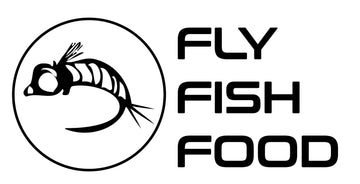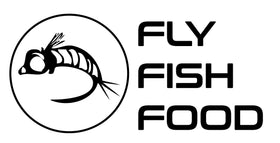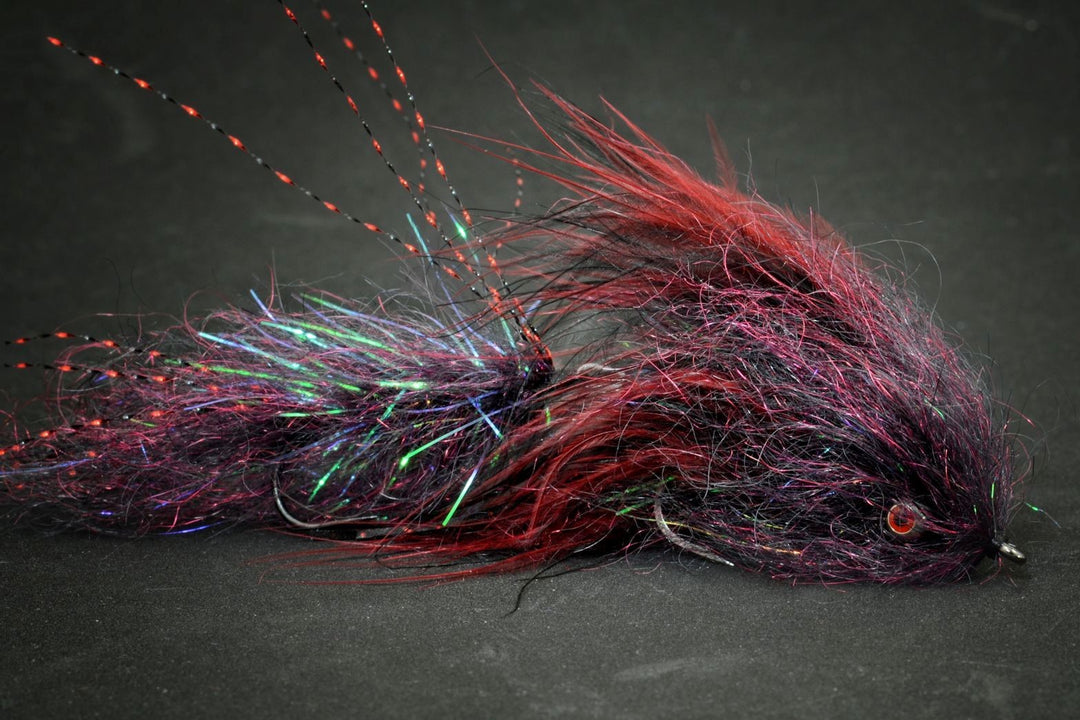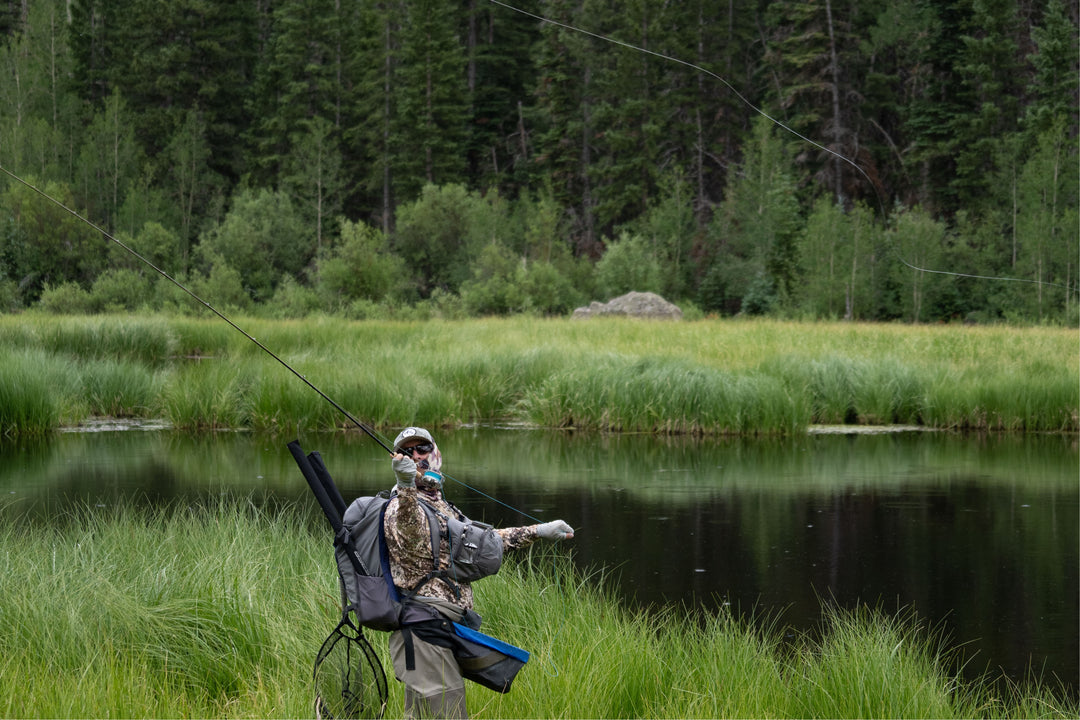Frying Pan River Fly Fishing Report - August 8/23/2025
FRYING PAN RIVER FLY FISHING REPORT
Roaring Fork Valley — Colorado Tailwater Gold
Current River Conditions
Typical tailwater release below Ruedi Reservoir — flows ~158 cfs (stable as of latest reports).
Water Clarity: Very clear — excellent visibility for sight fishing.
Current: ~40°F (around 4–6°C) — cold, oxygen rich water typical of a mountain tailwater.
Trend: Stable; good conditions for trout activity throughout the day.
Late‑summer pattern: cool mornings, warming afternoons; some overcast windows improve dry‑fly feeding. Light to moderate winds in exposed runs.
Parking and public access remain open at the usual put‑ins and pullouts toward Basalt. Wading is straightforward in most runs but watch for slick rock; boots with solid traction recommended.
Hatch Chart & Insect Activity (Aug 23, 2025)
| Insect | Size | Activity | Best Time |
|---|---|---|---|
| Pale Morning Duns (PMDs) | #14–18 | High — frequent surface rises during hatch windows | Late morning to early afternoon |
| Green Drakes (sporadic) | #10–12 | Moderate — localized, look for pods of rising fish | Midday |
| Caddis (adults & skittering) | #14–18 | Moderate — evening activity increases | Afternoon into dusk |
| Midges | #18–22 | Consistent — especially in calmer glides | All day; best in low wind |
| Stoneflies / Salmonfly (pockets) | #6–10 | Occasional — focus on riffles and pocket water | Midday to afternoon |
Recommended Flies (mapped to available patterns)
Below are the tactical recommendations followed by specific patterns (from the available fly sheet) that match those requests. Each pattern includes a direct link so you can check sizes and order if you want to stock up before you fish.
- PMD Dry & Emergers: classic pale dun parachute and emergers for rising fish. — Example pattern: Stealth Link Mercer - PMD
- Blue‑Winged Olive / BWO: small parachute BWO for cooler mornings and tight feeding trout. — Example: Parachute - Blue Wing Olive
- Caddis (skittering & CDC emerger): olive/tan caddis dries and CDC emergers for evening activity. — Example: Corn-fed Caddis (CDC) - Olive
- Midge dries & pupa: small black/olive midges for slow seams and slicks. — Example: Black Zebra Midge (TBH) and Red Neck Midge
- Stonefly / Salmonfly nymphs and dries: when stoneflies or salmonflies show up, go big and punchy. — Example: Libby's Salmonfly and Tungsten Pat's Rubber Legs
- Nymphs (indicator / euro): split‑case PMD nymphs, pheasant tails and small perdigons for feeding lanes. — Example: Tungsten Split Case Nymph - PMD, Pheasant Tail Tungsten, and Egan's Warrior Perdigon - Rainbow
- Streamers / Sculpin imitations: olive/brown sculpin patterns and compact buggers for deeper runs and targets in low light. — Example: Coffey's Articulated Sparkle Minnow - Sculpin #4 and Sculpzilla - Olive
- Eggs & Worms (late summer/clearing): bright eggs and dirty‑fly worms attract opportunistic fish. — Example: Sunny Side Up - Caramel (also available in other colors) — check the Sunny Side Up series
Tactics & Presentation
- As the PMD hatch builds, switch to a drag‑free dry fly upstream and cast to rising trout along the seams and foam lines.
- When clouds roll in or during overcast stretches, strip streamers slowly through deeper runs and pool tails — big browns and rainbows respond to a sculpin or articulated minnow imitation.
- For picky fish in clear water, downsize tippet to 5–6X on small dries and midges; use 3–4X for streamers and larger dries.
- Read the water: trout will often hold in eye‑catching seams off main current lines or in pockets below boulders on the Frying Pan.
Where to Focus
High‑probability water includes tailouts of deep runs, seams outside of fast current, and pocket water below rock shelves. Look for rising fish in slicks adjacent to current lines during the PMD and caddis windows. When conditions are windy, move to sheltered runs and fish the eddies with nymph rigs.
Final Notes
Late August on the Frying Pan often offers the best combination of hatches and manageable flows. Pack a small selection of the patterns linked above, pay close attention to presentation (drag‑free dries and accurate euro/nymph setups), and you'll be in prime shape to find both numbers and quality fish. Respect private property signs and popular access points so this fishery remains healthy and available for everyone.




